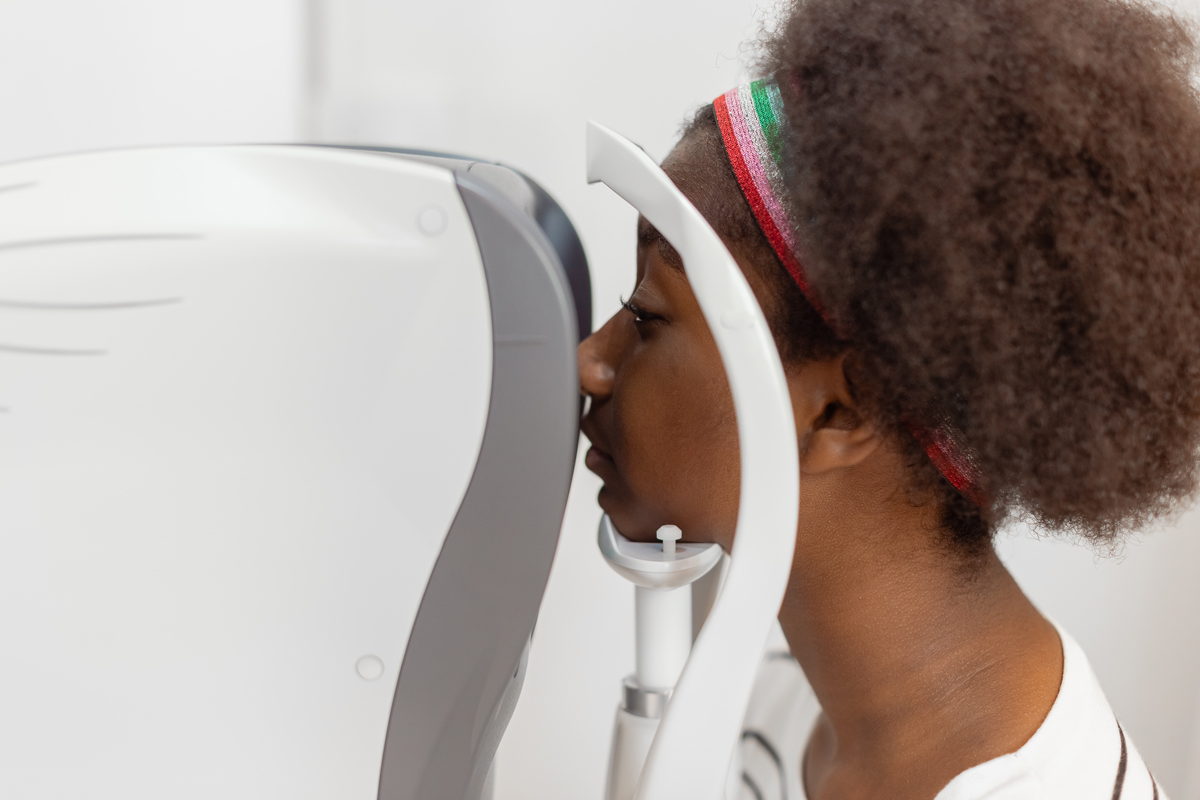 |
|
More vision screening efforts are needed in disadvantaged populations. Photo: Getty Images. |
A recent cross-sectional study, which analyzed outcomes from a vision screening program for children ages four to five, highlighted the importance of vision screening initiatives that target socioeconomically disadvantaged communities.
In this program, the Parr 4m Visual Acuity Test and Welch Allyn Spot Vision Screener were used to conduct vision screening. The researchers explored the frequency of vision screening and referral outcomes in this younger study population. They also examined associations between vision screening and referral outcomes with socioeconomic indexes for areas (SEIFA) score.
Of 71,003 students screened in the program, 4,855 (6.8%) received a referral recommendation. The data revealed that a higher proportion of children who received a referral recommendation were from more disadvantaged locations.
Among the students referred, 3,017 were seen by an eyecare provider. Further vision assessment showed that 43.3% of these children were diagnosed with a vision abnormality, 18.9% had no vision abnormality and 37.7% had an undetermined diagnosis, according to the study authors. They also observed that a higher proportion of children with a vision abnormality were from more disadvantaged locations.
“Vision screening at a young age represents an opportunity for early identification of signs of vision impairment,” the study authors noted in their recent paper. “The findings of a negative association between referral rate and diagnosis with SEIFA quintile provides the mandate for vision screening policy and practice to prioritize disadvantaged populations. Further research is needed to better understand issues preventing uptake of referral recommendations and how to improve access to vision health services along the social gradient.”
Harris N, Roche E, Lee P, et al. Vision screening outcomes of 4-5 year-olds reflect the social gradient. Clin Exp Optom. August 29, 2022. [Epub ahead of print] |


